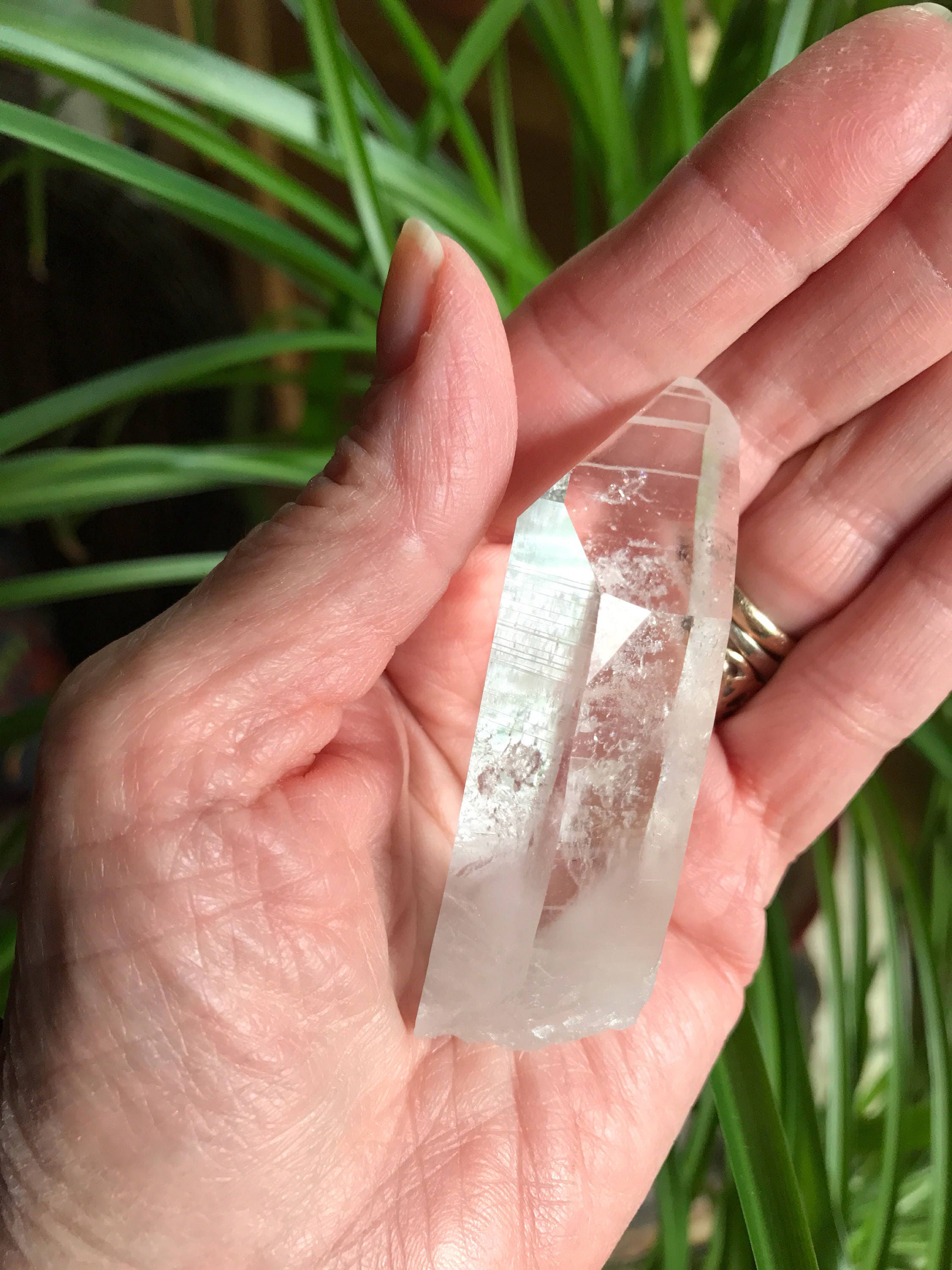

SC fibers are as yet unclad but the intention is to clad the SC fibers either by starting with a core/clad preform to produce a graded-index cladding or in a post-cladding method in which a cladding will be added to a small diameter core. In this well-established technique, the tip of a doped-oxide host preform, for example, Nd3+ in YAG, is melted with a CO2 laser and an SC fiber is pulled from the molten oxide. The approach used to fabricate SC fibers is Laser Heated Pedestal Growth. The impact of SC fiber laser with the potential to perform in a manner analogous to the proven capabilities for the bulk crystalline oxide lasers would be a significant improvement in the current arsenal of glass fiber lasers. SC fiber lasers would be scalable to much higher power levels compared to their glass counterpart largely because SC fiber lasers have a significantly higher thermal conductivity and also reduced nonlinear effects (i.e., SBS, SRS). Nd:YAG, to extend this technology to fabricate single-crystal (SC) fiber lasers. The intention of the proposed work is to draw from the broad knowledge base for solid-state lasers, eg. The technology of Nd:YAG lasers employing conventional rods and disks is well established and reliable.

The basic premise of this work is the rather straightforward idea that crystalline materials such as YAG and other garnets are known to deliver extremely high powers.

The goal of the current research is to develop a new and novel class of high power fiber lasers based on crystalline materials rather than the conventional glass fiber structure. Yet there are some limitations to power scaling of glass fiber lasers which result from laser induced damage to the small cores, nonlinear effects, and thermal loading. These glass structures normally involve a double-clad structure in which the core glass has been doped with a variety of rare-earth ions notably ytterbium-doped fiber lasers. The data required for this program can be obtained from several valid information sources, including databases of protein structures, CIF, GSAS, SHELX and. The images produced by this program have a high resolution and you can easily print on different dimensions of paper. With the help of SingleCrystal tool of this collection, you can prepare all kinds of stereographic images and symmetrical elements and compare them with other structures. These images are created interactively and have a high visual appeal. With CrystalDiffract, you can also see the refraction of neutron particles and X-rays on your screen. This information is widely used to analyze the properties of elements and their behavior in molecular chemical structures.CO2 Laser synthesis in apparatus in MSE laboratories grows Nd:YAG crystals at high temperatures in localized positions to produce the precursors for specialty laser fibers.Įssentially all fiber lasers in use today are made of glass.
#Singlecrystal software
This program is easy to operate and in an attractive graphical environment you can use a mouse to study and analyze various chemical structures. In addition to research purposes, the use of this software will create more interest and education for students. If you are a chemistry teacher in the classroom, you can use this software to show molecular structures in three dimensions, animated and separated with different colors while teaching. This will definitely help you to understand the lesson better.

CrystalMaker is a powerful program for analyzing molecular and crystal structures. With the help of this program, chemists and enthusiasts can observe and analyze the molecular structure of different materials and compounds in a visual, fully interactive and interactive way. This visual display is in three dimensions and with interesting animations that will make a better understanding of these structures. You can also save the generated animations in the form of quality video files and make them available to students or enthusiasts.


 0 kommentar(er)
0 kommentar(er)
